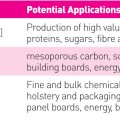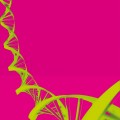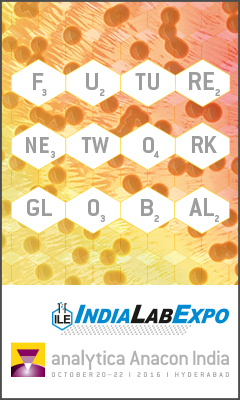|
L&Mint-int-2-2013
Aptamers as a new alternative to antibodiesMagnetic Attraction - von Dr Kurt Brunner
Within the European Union, measures to safeguard our food are becoming increasingly stringent: any constituents hazardous to health are either prohibited or permitted only as a trace. For analytics, ensuring compliance and monitoring for all of the statutory provisions safeguarding our food is a hugely challenging task. While immunotests have now been deployed successfully in rapid testing for the last three decades, aptamers have demonstrated increasing...
 Biowastes: a new feedstock for the chemicals industryValuable Waste - von Dr Mark Gronnow, Dr Margaret Smallwood
The chemicals industry has been wedded to fossil resources for the past hundred and fifty years, but times are a-changing. As the price of oil increases inexorably and environmental impact rises on the policy and regulatory agenda, industry leaders are starting to exploit new, more sustainable feedstocks for the manufacture of fuel and chemicals. Squarely in the frame as potential feedstocks are the vast tonnages of biowastes produced each...
 Data Visualization in Medicinal ChemistryHiking Trails in Activity Landscapes - von Prof. Dr Jürgen Bajorath
The massive growth of compound activity data provides opportunities and challenges for medicinal chemistry. Conventional approaches for the analysis of structure-activity relationships (SARs) are not suitable for the exploration and exploitation of this unprecedented knowledge base. Recently, new computational methodologies have been introduced for large-scale SAR analysis that put emphasis on visualization to provide an intuitive access to complex...
 Extraction of the Double Helix
In the center of molecular biology is one species of molecules: DNA. DNA molecules are amplified and introduced into organisms by transformation or transfection, separated, stained, examined under the microscope, manipulated, sequenced and so on. For all these techniques the initial step is to isolate DNA from the origin of interest - and there is an endless number of DNA sources: soil, water, even air, body fluids (e.g. blood, sperm, and saliva),...
 labor&more in interview with prize-winning scientist Dr. Ben Lehner‘Luckily, Individuals Turn out to Be Different.’
Why are individuals different? Why do the same mutations in the genome have different effects on different individuals? Why does one twin get sick when another does not? How do sicknesses come about through the combination of different mutations? These are the questions which British scientist Dr Ben Lehner – ICREA Research Professor, EMBL-CRG Systems Biology Unit, at the Centre de Regulació Genòmica (CRG) in Barcelona – investigates in his...
 The earliest plasma marker for myocardial infarctionFabulous FABP - von Prof Dr Reinhard Renneberg, Prof. Dr Jan F.C. Glatz
The application of Fatty Acid-Binding Protein (FABP) as a plasma marker for the diagnosis of acute myocardial infarction was first suggested in 1988. Currently, FABP is proven to have added value for the diagnosis of patients presenting with chest pain suggestive of myocardial infarction, especially in the early hours after onset of symptoms. The routine application of FABP for this purpose not only will improve patient outcome but also markedly...
 |
L&M int. 2 / 2013
|
















